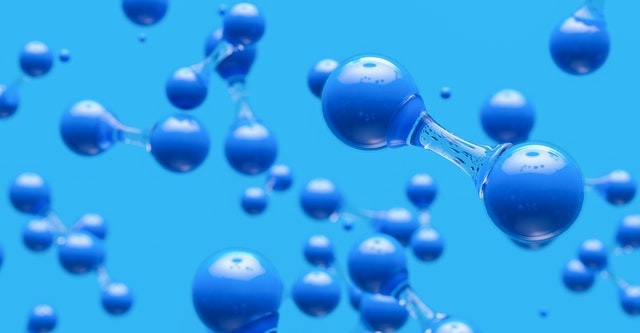Researchers at the Massachusetts Institute of Technology and elsewhere have recently developed a new type of catalyst material known as an MHOF or a metal hydroxide-organic framework, made of low-cost and abundant components.
As indicated in a SciTechDaily report, an electrochemical action splitting water molecules apart to generate oxygen is at the heart of multiple methods aiming to generate substitute fuels for transportation.
This reaction, nonetheless, needs to be facilitated by a catalyst material, and today's versions necessitate the use of rare and costly elements like iridium, limiting the possibility of such fuel production.
The family of materials enables engineers to accurately tune the structure and composition of the catalyst to the needs of a specific chemical process, and it can match or go beyond the performance of conventional or costlier catalysts.

Oxygen Evolution Reactions
Results of the study are described in the Nature Materials journal, in a paper prepared by Shuai Yuan, an MIT postdoc; Jiayu Peng, a graduate student; Professors Yang Shao-Horn and Yuriy Roman-Leshkov, and nine others.
Oxygen evolution reactions are among the responses common to the electrochemical production of fuels, materials, and chemicals. Such processes comprise the production of hydrogen as a byproduct of the oxygen evolution, which can be applied directly as a fuel or go through chemical reactions to generate other transportation fuels; the production of ammonia, for use as fertilizer or chemical feedstock, and reduction of carbon dioxide to regulate emissions.
Nonetheless, without help, such reactions are inactive, said Shao-Horn. For a reaction with slow kinetics, there is a need to sacrifice voltage or energy to stimulate the reaction rate.
Due to the extra energy input needed, "the general efficiency is low," she explained, adding, that is the reason people are using catalysts, as such materials are naturally promoting reactions by lowering energy input.
'Nanostructuring' Such Metal Hydroxide
Until now, though, such catalysts are all depending on expensive materials or late transition metals that are limited, for instance, iridium oxide, and there has been a big initiative in the community to find substitutes based on Earth-abundant materials that have a similar performance in terms of stability and activity, explained Roman Leshkov.
Other research teams have discovered the use of metal hydroxides, like nickel-iron hydroxides, elaborated Roman Leshkov.
However, such materials have been problematic to tailor to the requirements of particular applications. Although now, this work is quite exciting and quite relevant because an approach of tailoring the properties has been found by "nanostructuring these metal hydroxides" in an extraordinary manner.
A similar Phys.org report said the researchers borrowed from a study that has been done on an associated class of compounds identified as MFOs, which are a sort of crystalline structure made of metal oxide nodes linked together with the so-called "organic linker molecules."
Organic Linkers
By replacing the metal oxide in such materials with some metal hydroxides, the researchers discovered it turned plausible to develop precisely tunable materials that had the necessary stability as well, to be potentially helpful as catalysts.
Roman-Leshkov explained that one puts these chains of these "organic linkers next to each other," directing the metal hydroxide sheets' formation. These are sheets that are interlinked with such organic linkers, which are then stacked, not to mention have higher stability.
This has manifold advantages, he said, by enabling an accurate control over the nanostructured patterning, enabling accurate control of the electronic properties of the metal, as well as providing greater stability, allowing them to stand up to longer periods of functionality.
Report about this new catalysis is shown on Rajamanickam Antonimuthu's YouTube video below:
RELATED ARTICLE : Changing Physical Shape of Chalcogenide Glasses Could Unlock Visible, Ultraviolet Applications
Check out more news and information on Chemistry in Science Times.
© 2026 ScienceTimes.com All rights reserved. Do not reproduce without permission. The window to the world of Science Times.












